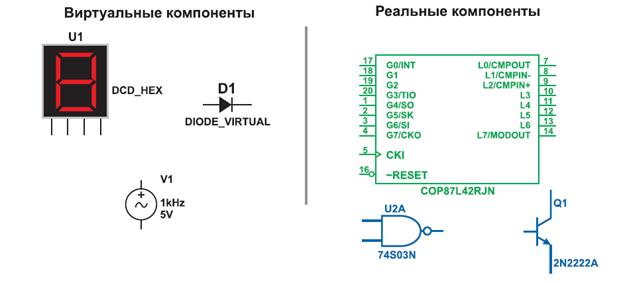A different approach was used by E.Nida who suggested that the translating process may be described as a series of transformations. The transformational model postulates that in any two languages there is a number of nuclear structures which are fully equivalent to each other. Each language has an area of equivalence in respect to the other language. It is presumed that the translator does the translating in three transformational strokes. First- the stage of analysis – he transforms the original structures into nuclear structures, i/e/ he performs transformations within SL. Second- the stage of translation proper – he replaces the SL nuclear structures with the equivalent nuclear structures in the TL. And third- the stage of synthesis - he develops the latter into the terminal structures in the text of translation.
A similar approach can be used to describe the translation of semantic units. The semantic model postulates the existence of the “deep” semantic categories common to SL and TL. It is presumed that the translator first reduces the semantic units of the original to these basic semantic categories and then expresses the appropriate notions by the semantic units of TL.
In describing the process of translating we can explain the obtained variants as the result of the translator applying one or all of these models of acting. This does not mean that a translation is actually made through the stages suggested by these models. They are not, however, just abstract schemes. Training translators we may teach them to use these models as practical tools. Coming across a specific problem in ST the translator should classify it as situational, structural or semantic and try to solve it by resorting to the appropriate procedure. If, for instance, in the sentence “He is a poor sleeper ” the translator sees that the attributive group can not be directly transferred into Ukrainian, he can find that the transformational model will do the trick for him here and transform the attributive group into a verb –adverb phrase: “Він погано спить ”.
Another approach to the description of the process of translating consists in the identification of different types of operations (transformations) performed by the translator. The type of transformation is identified by comparing the initial and the final texts.




